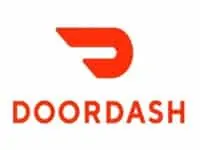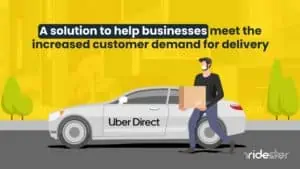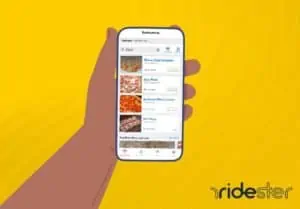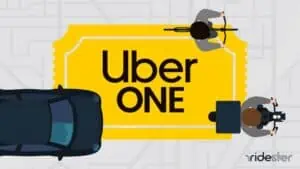Online food ordering has become a revolutionary trend in today’s food industry, and one of the industry’s biggest players is raking in the cash as a result.
DoorDash is a company that many people are curious about – after all, how does DoorDash make money?
Well, today we’re going to take a look at three of DoorDash’s main revenue sources.
Spoiler alert: it’s not just through delivery fees.
So if you’re curious about how this innovative company operates, read on.
A Short History of DoorDash
The idea of DoorDash originated in the fall of 2012 in Palo Alto’s downtown district.
Doordash founders Tony Xu, Stanley Tang, Andy Fang, and Evan Moore worked to develop technology for small business owners and gather feedback.
DoorDash officially came to life in January 2013.
Since then, the team has strived to give users the most incredible delivery experience possible under the leadership of DoorDash CEO Tony Xu.
The San Francisco company hires drivers, collaborates with restaurants, and has a calculated dispatch system in place.
How Does DoorDash Work?
DoorDash works with restaurants and other merchants to create branded delivery services to deliver their orders by a DoorDash driver.
The merchant website or mobile app displays a map showing real-time locations of available dashers nearby, and once you place an order, DoorDash assigns it to one of its courier partners.
The company guarantees fast pay to dashers through a weekly direct deposit.
What Makes DoorDash Stand Out?
DoorDash combines an on-demand food delivery platform with a powerful software suite that helps restaurants grow their business.
The DoorDash platform offers seamless end-to-end management of customer orders, inventory, staff schedules, and marketing from a single dashboard.
Unlike other restaurant technology companies focused only on improving restaurant operations, DoorDash app technology also drives up sales for independent restaurants by listing them online.
On top of this, they’ve rolled out an entirely new platform called DoorDash Storefront that adds even more features to their tech stack.
How Does DoorDash Make Money?
The DoorDash app connects customers with local restaurants to have food delivered to their homes.
From an outside perspective, the DoorDash business model may appear simple.
So how does DoorDash revenue work?
Well, as it turns out, delivering food is just one part of a larger business model that DoorDash utilizes.
Commissions
One of the most critical ways that DoorDash makes money is through its commission structure.
The food delivery app takes a different approach to commissions; they take a percentage from each order instead of charging a set amount for a delivery fee.
DoorDash has three distinct delivery commission price points based on the level of marketing support on a restaurant and the size of its delivery territory.
The programs costs 15%, 25%, and 30% commissions for DoorDash partners.
Delivery Service Fees
DoorDash charges restaurants a service fee that includes several different costs.
DoorDash does not have minimum order requirements and does not charge additional fees for using a credit card.
This service typically ranges from $1.99 to $5.99, depending on the restaurant you choose.
DoorDash, like other delivery apps, utilizes surge pricing.
Surge pricing kicks in if you place an order during peak times like lunch hour, meaning you might pay more for your meal than usual.
Suggested Read: How much does DoorDash cost?
DashPass
DashPass, a $9.99 monthly subscription, unlocks unlimited delivery on all DashPass orders over $12 and eligible grocery store orders over $25.
This subscription makes things more affordable if you plan to order a lot of food from restaurants and want to avoid surge fees.
You get a free trial and perks such as priority customer service and DashPass-only specials.
When you sign up for DashPass, you’ll be able to use your rewards on both the Caviar service and DoorDash.
Drive
DoorDash has more than two hundred thousand on-demand drivers in about eight hundred cities across the United States and Canada.
You pay a one-time, flat cost per order, and DoorDash takes care of the rest.
By signing up to DoorDash Drive, business owners have access to a professional delivery fleet without having to worry about logistics.
The platform works seamlessly with existing POS systems, such as Square and Toast.
DoorDash Drives helps businesses track their orders, reduce delivery costs, and increase revenue.
DashMart
DashMart is a convenience store platform that businesses to deliver retail items and domestic needs to consumers’ doorsteps.
Your delivery fleet fulfills orders, so there’s no need to work with a DoorDash driver.
You also have complete control over delivery fees and zones.
As a merchant or brand, you can sell a variety of convenience, supermarket, and restaurant items, including baked goods and packaged desserts.
Future Growth Engine
Several factors could push DoorDash stock higher soon.
To begin with, Covid-19 infection rates in the United States are at all-time highs, averaging at well over half a million cases.
This surge in cases could lead to more people ordering in rather than going out to eat, boosting demand for DoorDash’s services.
DoorDash also aspires to grow and expand steadily.
The company aims to venture into other aspects of delivery.
These include groceries and retail consumer goods.
DoorDash recently acquired Wolt, a fast-growing European food delivery firm that opens up market access to 22 new regions.
Following these significant recent developments, we believe the company is worth a look for investors taking part in the delivery market.
Competitors to DoorDash
Caviar’s main competition is similar companies like Uber Eats, Postmates, and Caviar.
Their services are somewhat similar so that they may see themselves as separate entities competing for the same market share.
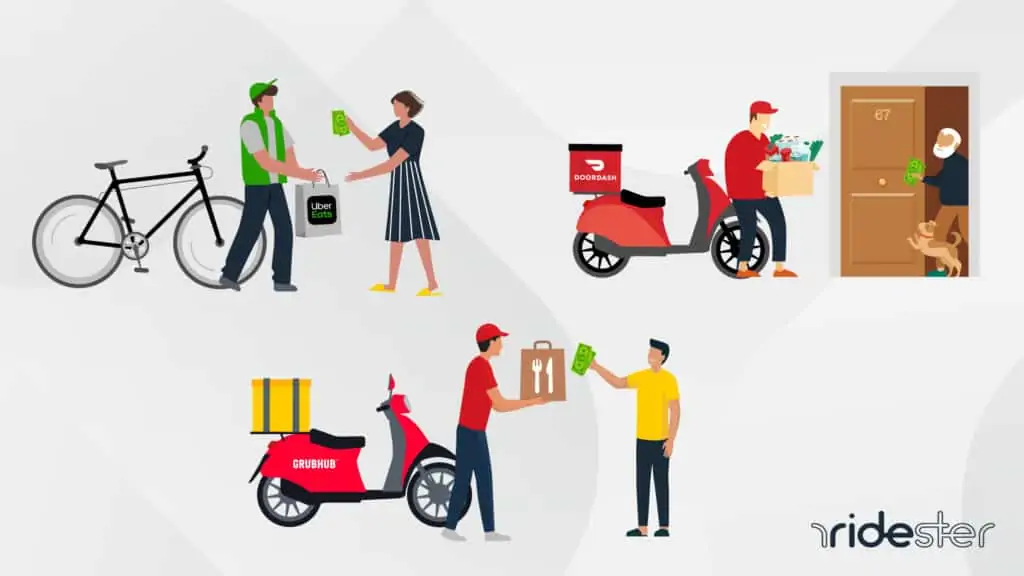
1. Uber Eats
It’s no secret that the food delivery business has grown into a multi-billion dollar industry, with restaurants and food delivery services fighting to provide you with more options than ever before.
One of the most prominent players in this space is Uber Eats, which has quickly risen to the top of your favorite food delivery apps since its introduction in 2014.
Uber operates a peer-to-peer delivery service.
In cities where Uber Eats is available, you can log on to your account and choose from a curated selection of restaurants or stores in your area.
Once you’ve made your selection and input your payment information, they give you an estimated arrival time for your meal, typically within 30 minutes.
2. Postmates
Postmates, an on-demand courier service that operates across the U.S., makes millions of deliveries per month from local merchants to customers’ doors via Postmates drivers, with plans to expand into even more markets soon.
The mobile app allows users to order goods from over six hundred thousand restaurants, grocers, and stores delivered in minutes by Postmates drivers.
Launched in 2011, Postmates provides delivery on-demand every day of the week.
3. Caviar
Caviar provides its users with an on-demand food delivery service, allowing them to purchase high-quality food directly from their mobile device or desktop computer.
Using Caviar’s platform, users can easily browse restaurant menus and choose items for in-home or office delivery.
Caviar provides its users with the convenience and efficiency that modern technology offers, making ordering food as easy as possible.
Wrapping Up
DoorDash acts as an intermediary between customers and food establishments as a food delivery platform.
When someone orders from a restaurant on its app or website, DoorDash delivers those meals to them through its network of drivers.
The company generates revenue by charging restaurants for each order through their system and charging customers for delivery fees and tips.
These commissions account for a majority of their income.


